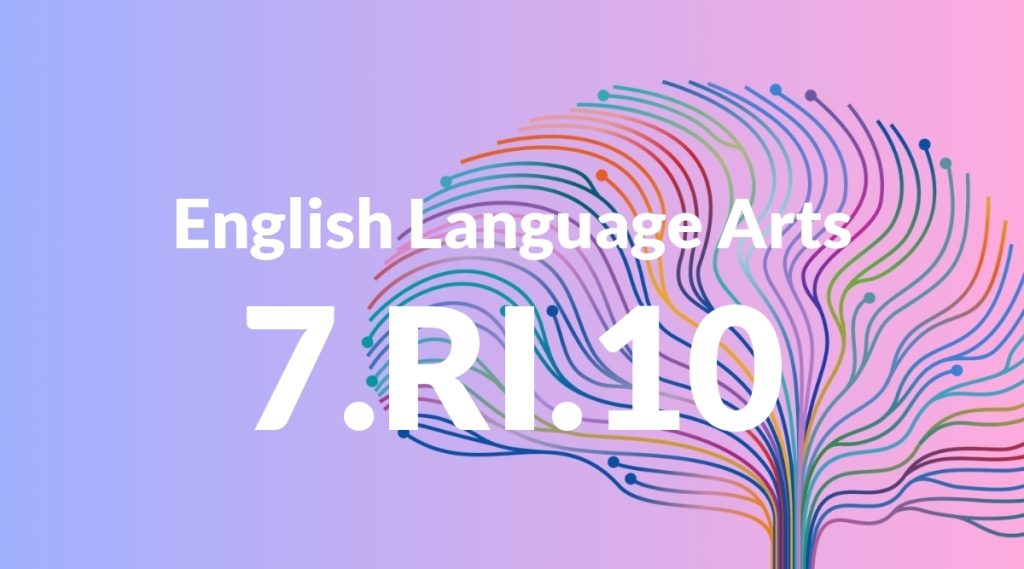Standard: 7.RI.10 – By the end of the year, read and comprehend literary nonfiction in the grades 6-8 text complexity band proficiently, with scaffolding as needed at the high end of the range.
Grade level: Grade 7
Subject: English Language Arts
Domain: Reading: Informational Text
Teacher Overview
This standard emphasizes the importance of reading and comprehending literary nonfiction texts at an appropriate level of complexity. It is crucial for developing critical thinking and analytical skills, which are essential for success in higher grades. Students should have a foundational understanding of identifying main ideas and supporting details, and be familiar with the structure of informational texts.
After mastering this standard, students will be able to critically analyze complex texts and evaluate the credibility of sources, skills that are vital for high school and beyond.
Common Misconception 1
A common misconception is that students need to understand every word to grasp the text’s meaning. This is incorrect because comprehension relies more on understanding the main ideas and using context clues.
Intervention 1
An effective intervention is to teach students how to use context clues and focus on the overall meaning rather than getting stuck on difficult words.
Common Misconception 2
Another misconception is that summarizing means copying large sections of the text. This is not true; summarizing involves paraphrasing and highlighting key points.
Intervention 2
To address this, provide exercises that practice paraphrasing and identifying main ideas without copying text verbatim.
Prerequisite Knowledge
Students should be able to identify main ideas and supporting details in a text, understand the structure of informational texts, and have basic summarization skills.
Subsequent Knowledge
After mastering this standard, students will be able to critically analyze complex texts, make inferences, and evaluate the credibility of sources in high school literature and history classes.
Instructional Activities
- Close reading of a biography with guided questions
- Group discussions on the main ideas of a news article
- Writing summaries of historical documents
- Comparing and contrasting different informational texts




